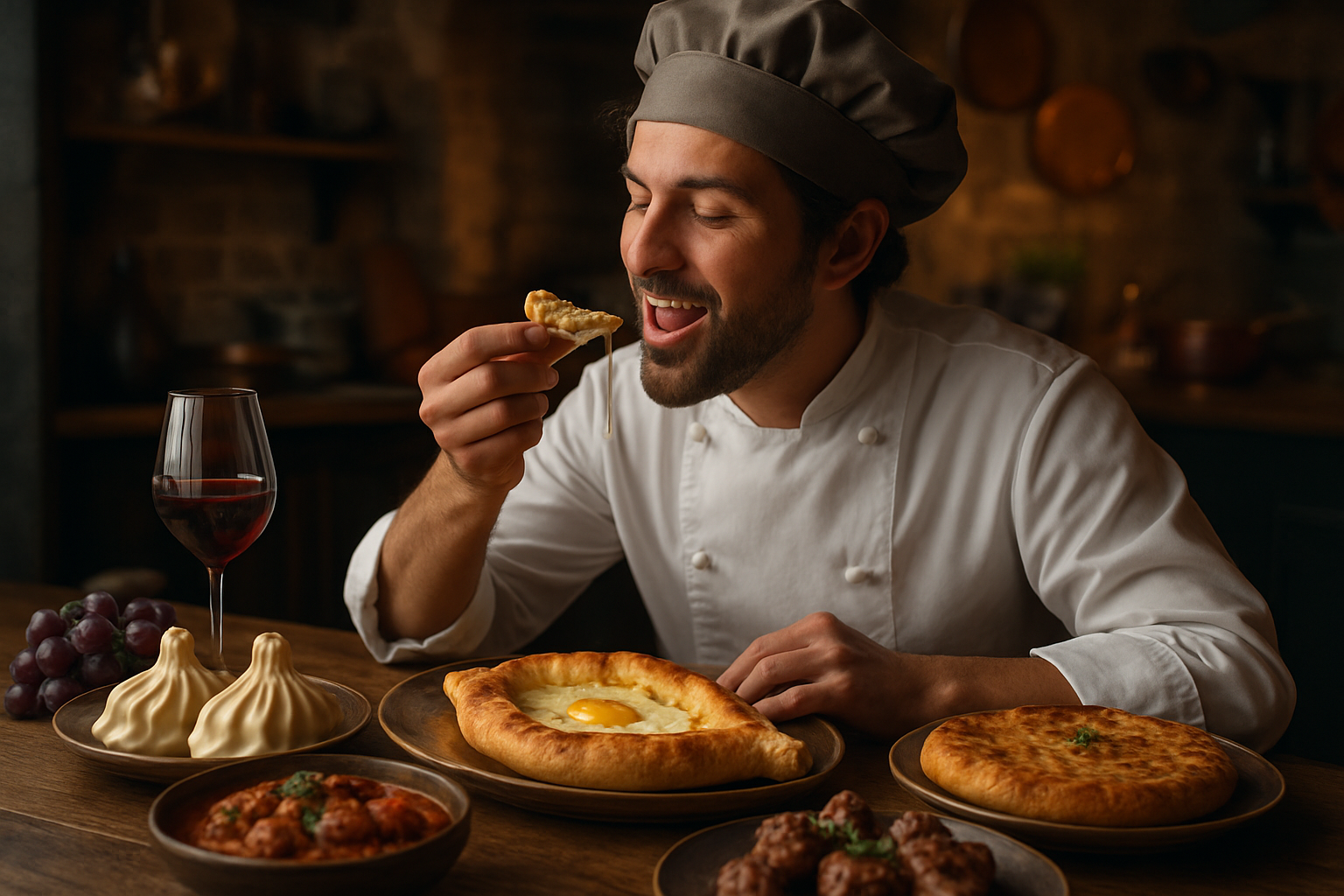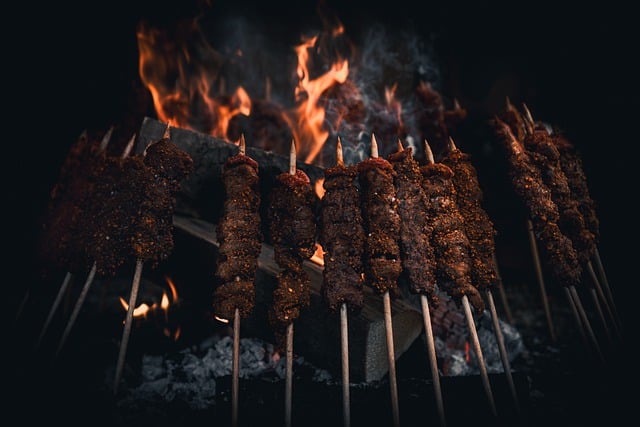Sip and Savor: The Art of Tea and Food Pairing
Elevate your dining experience by mastering the delicate art of tea and food pairing. This culinary adventure combines the rich world of teas with diverse flavors, creating harmonious unions that tantalize the taste buds and expand your gastronomic horizons.

Understanding Tea Profiles
To master the art of tea and food pairing, it’s essential to familiarize yourself with various tea profiles. Green teas, known for their fresh, grassy notes, often pair well with light dishes like seafood or salads. Oolong teas, with their complex flavors ranging from floral to roasted, complement a wide array of foods, from poultry to desserts. Black teas, bold and full-bodied, stand up well to rich, savory dishes like red meats and hearty stews. White teas, delicate and subtle, pair beautifully with mild foods like white fish or light pastries. Herbal teas, with their diverse flavor profiles, offer endless pairing possibilities, from fruity infusions with desserts to mint teas with Mediterranean cuisine.
The Science of Flavor Harmony
The magic of tea and food pairing lies in the science of flavor harmony. When done correctly, the right tea can enhance the flavors of your food, creating a synergy that’s greater than the sum of its parts. This harmony is achieved through complementary or contrasting flavors. Complementary pairings involve matching similar flavor notes, such as a smoky Lapsang Souchong with grilled meats. Contrasting pairings, on the other hand, involve balancing opposing flavors, like pairing a sweet dessert with a slightly bitter green tea. Understanding these principles allows you to create balanced and exciting flavor combinations that will surprise and delight your palate.
Cultural Inspirations
Tea and food pairing isn’t just a modern culinary trend; it’s deeply rooted in various cultures around the world. In Japan, the art of kaiseki - a multi-course meal often served during tea ceremonies - showcases the harmony between tea and carefully prepared dishes. Chinese dim sum is traditionally enjoyed with a variety of teas, each selected to complement the flavors of the small plates. In England, the tradition of afternoon tea pairs delicate sandwiches and sweet treats with robust black teas. By exploring these cultural traditions, you can gain inspiration for your own tea and food pairings, incorporating global flavors into your culinary repertoire.
Experimenting with Pairings
The beauty of tea and food pairing lies in its versatility and the opportunity for experimentation. Don’t be afraid to think outside the box and try unexpected combinations. A fragrant Earl Grey might surprisingly complement a rich chocolate dessert, while a robust Assam could stand up to a spicy curry. Consider the intensity of both the tea and the food, aiming for a balance where neither overpowers the other. Pay attention to texture as well; a creamy dish might pair wonderfully with a crisp, astringent tea. Keep a tasting journal to record your favorites and refine your palate over time. Remember, there are no strict rules - trust your taste buds and enjoy the journey of discovery.
Useful Tips & Facts
• Light teas pair well with light foods, while stronger teas complement heartier dishes.
• Consider the brewing temperature and steeping time of your tea to achieve the perfect flavor profile for pairing.
• Oolong teas are incredibly versatile and can pair with a wide range of cuisines.
• Matcha, with its rich umami flavor, pairs exceptionally well with both sweet and savory dishes.
• Fruity herbal teas can act as a palate cleanser between courses.
• Cold-brewed teas offer unique pairing opportunities, especially for summer dishes.
• The tannins in tea can help cut through fatty foods, making it an excellent companion for rich dishes.
• Don’t overlook the power of aroma in your pairings; the scent of the tea can enhance the overall experience.
Conclusion
Tea and food pairing is an exciting frontier in the culinary world, offering endless possibilities for flavor exploration. By understanding tea profiles, embracing cultural traditions, and experimenting with different combinations, you can transform your meals into multi-sensory experiences. Whether you’re hosting a dinner party or simply enjoying a quiet meal at home, incorporating thoughtful tea pairings will elevate your dining experience and deepen your appreciation for the nuanced world of flavors. So brew a cup, prepare a dish, and embark on your own tea and food pairing adventure – your taste buds will thank you.





